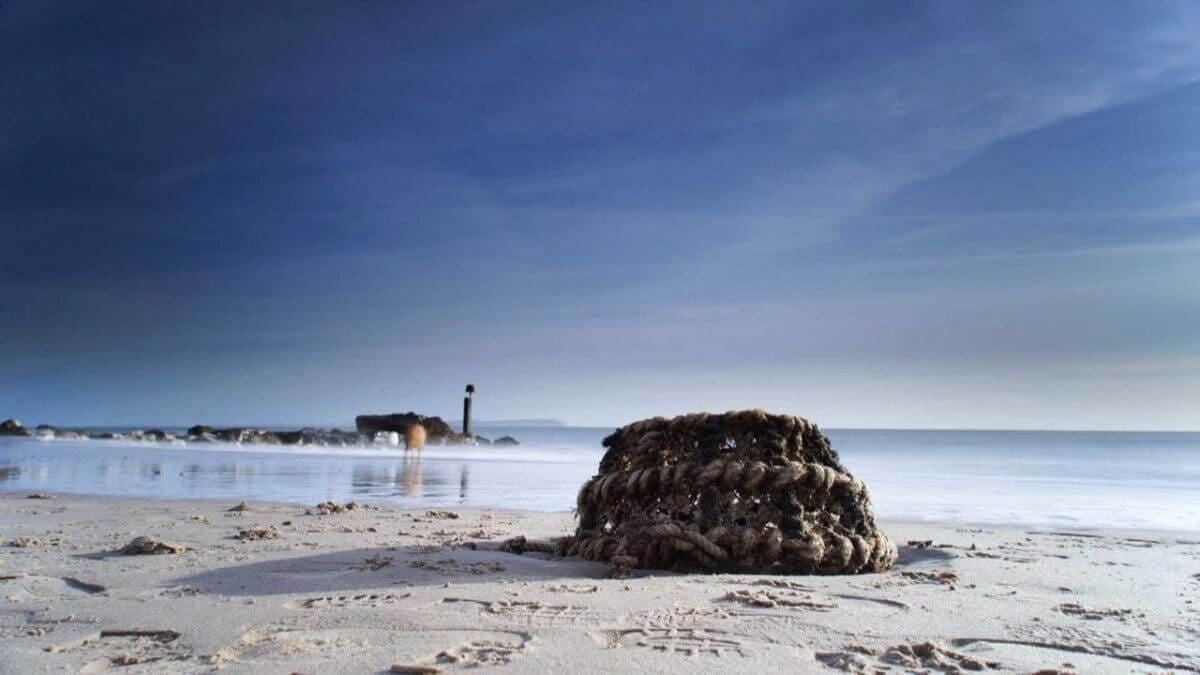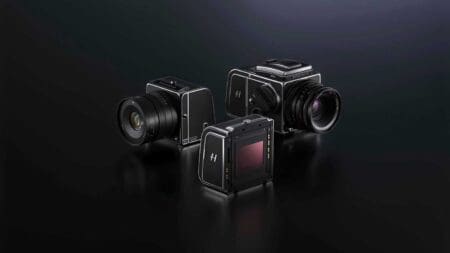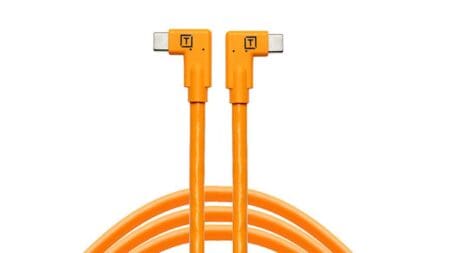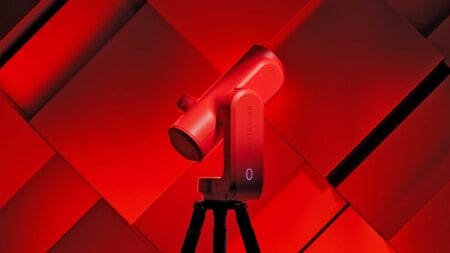Lee filters are well known for their premium glass and resin filters, including the incredibly popular 100mm and SW150 series for SLR and medium format. With the growth of CSC / mirrorless camera’s these large format filters can seem a little unwieldy, so now they now produce the Seven5 series. A smaller and more compact version of the larger filter systems
Lee Filters rose to prominence as one of the market leaders with their hand-made, hand finished and hand checked quality. That quality still continues.
We’ve taken a look at the deluxe set which includes the filter holder, three ND filters, the big stopper, polarizer, and protective pouch. The Seven5 system is considerably smaller and lighter than 100mm and SW150 size,with each of the resin filters in the kit measuring just 75mm x 90mm.
The neutral density grads include a 0.6 soft grad, 0.6 hard grad and a 0.9 hard grad. The Big Stopper offers 10 f/stops of exposure reduction.
As always with the Lee Filter systems an adapter is required to attach the filter Holder to the lens and these vary in size depending on the lens you’re using.
If you never come across a square filter system before then the way they work is pretty simple and offer you loads of flexibility when it comes to stacking filters. In the case of an ND grad or two having the filters in a holder ensures that you can alight the filter with the line of the horizon, something that just wouldn’t be possible with circular screw in filters.
To use the system is pretty straight forward and with the Seven5 kit the holder comes fully assembled ready for use, the only addition that you do need to buy is that screw in lens adapter. Once you have the correct adapter for your lens then it just screws directly into the lenses screw thread, then the holder clips on and filters can be slotted in.
One thing to note about these filters systems, and this is for all filters systems that require a holder, they should only be used with lenses with an internal focus mechanism. You can check this out by focusing on something near and then something far away and just seeing if the front of the lens rotates.
Usually you’ll find that the lens remains in position, but if not you’ll find the system if attached will rotate every time you focus, and if you’re using an ND grad that can be a disaster. The lenses that do this are usually the cheaper kit lenses and some of these won’t actually offer a filter thread on the lens anyway.
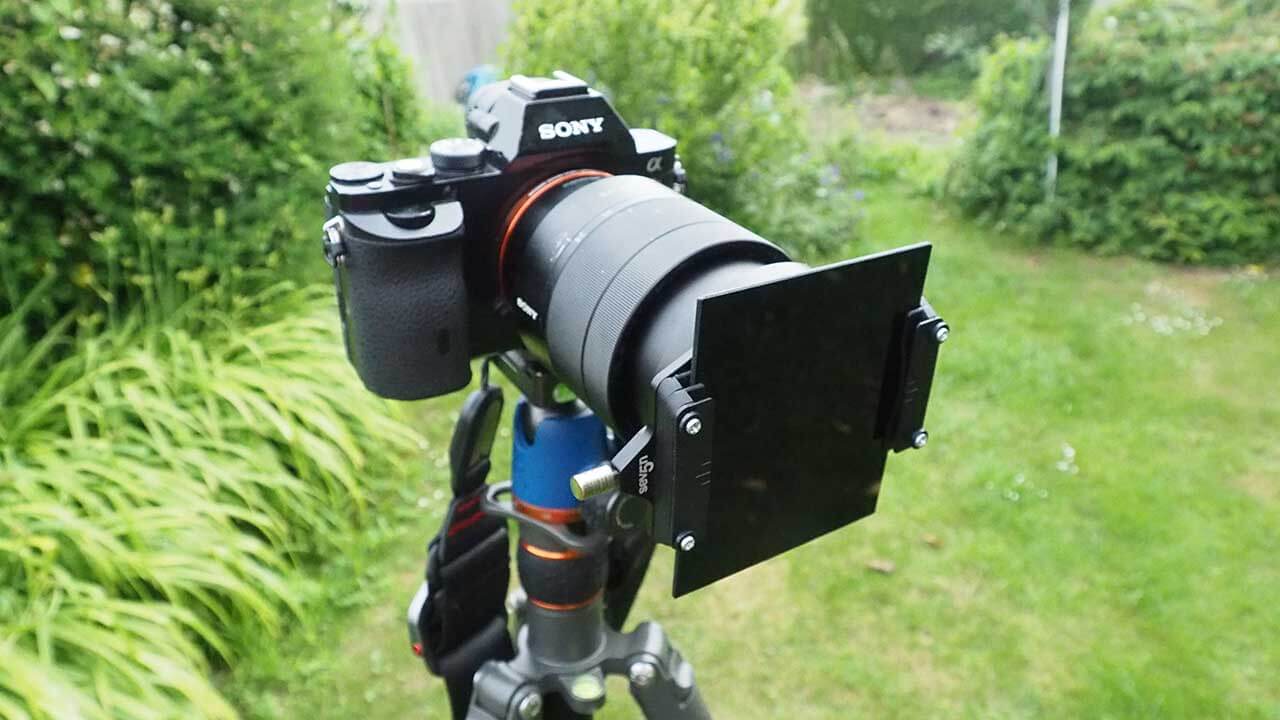
Filter systems like this are a firm favourite with landscape photographers and enable a whole range of effects that can be shot in camera rather than having to rely on applying them later in Photoshop.
Filters used to be an essential for any photographer, as when using film there was no other easy way to apply some of the effects such as graduated neutral density; these are used to balance exposures in landscapes and ok we can now do that in photoshop but in times past this could only be done properly by by using a filter.
Even now when you can balance the difference between exposures in the sky and ground within Photoshop, using a filter will often get a far better result as the image detail isn’t being pushed around as much when processing, and effects such as those made possible by the Big Stopper and Polariser just wouldn’t be possible without the use of these filters.
Looking at the set and first up are the three graduated ND filters and these include a 0.6 soft grad, 0.6 hard grad and a 0.9 hard grad all of which can be used to balance the exposures of sky to the land.
The two soft grads are generally easy to use and great when starting out with using filters as there’s a little more leniency when aligning with the horizon.
The effect is instantly apparent as soon as you look through the viewfinder with the step down in exposure for the sky just helping to balance the overall scene and helps to reduce any burnout in cloud detail.
The qualities of the filters themselves is exceptional, with the two 0.6ND grads offering two stops of exposure reduction in the sky and the 0.9ND offing three stops.
The pack also features the Lee Filters Big Stopper, this offers a huge 10 stop exposure reduction enabling you to easily capture smooth fluffy clouds or flowing water even at midday in bright sunlight. Again this filter simply slots into the holder and features a thin foam buffer to stop light leak during those long exposures.
What really makes the filters stand out over many other on the market is the optical quality and the colour balance.
The three grads have little if any affect on the colour balance of the sky and all though the Big Stopper does affect the colour cast, as the effect is across the image it is easy enough to correct in post production.
The Seven5 series is designed for use with Mirrorless / CSC system cameras and is perfectly suited for use with most standard Fuji, Olympus and Sony lenses.
As the Mirrorless / CSC camera systems are becoming more popular and the quality of these lenses increases you may find that some of the larger lenses such the Sony 24 to 70mm which has 67 mm diameter just pushes the boundaries of the size of this filter. Especially at wide angle focal length of 24 where you will just see the filter in the corners of the frame.
Using a fixed 20mm or almost any other fixed wide angled lens for landscape and the Seven5 Deluxe Kit is an excellent addition to your camera kit.
It’s smaller and far lighter than the full 100mm system or larger SW150. As always there is a price to pay when it comes to Lee Filters and that is quite literally the price, for this small Deluxe kit which will happily sit in the front pocket of a Billingham Hadley expect to pay between £450 or close to $500.
It may be expensive but for the convenience of size, excellent build quality and optical quality the whole package is a luxury but if you can afford it well worth it.
